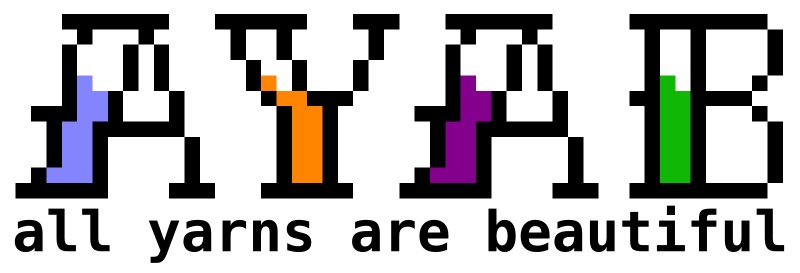Google Summer of Code 2016 Blogpost 12 - Introducing new Developers to Your Project
You may want to introduce new developers into your project. This is either to get help or to allow the community to guide the project. In this blog post, I want to present how I believe an introduction can be designed.
(1) A Landing Page
For the knitting projects, I have designed a landing page, knitting.fossasia.org. It features all related projects with links to documentation and source code as well as a short summary what it is about. You can read more about the landing page in this blog post.
The idea is to to add short snippets of information that allow new developers to explore all available options to enter the projects. This may be contact information, documentation and videos.
(2) Setup Instructions
Especially for the projects I worked on, I created a introduction videos on how to set up your development environment. This could have been in text form, too.
The problem for new developers is often that the start takes a long time. Instead of focusing on the issue they would like to solve, it sometimes takes several hours to set up the environment with lots of possibilities to make mistakes.
In order to speed up the development environment setup, you can provide additional information. The CoderDojo Zen platform has its own landing page for new developers and a description of the steps to take to setup the development environment. In the case of the knitting projects, we have YouTube video tutorials which show the necessary steps.
(3) Introduction Events
You can participate in events to show your projects to other people.
With the knitting projects, we will participate at the Maker Faire Berlin 2016.There may be local user groups where you can present the work and the learnings from them.
Google Code-In is an excellent opportunity to allow new young developers to add code to your projects and document them. You can apply as a mentor and add tasks. A first task for beginners may be to get the project running on their computer. Another task could then be to either use it in a special way and document it or to solve an issue which is easy enough.
In the following Google Summer of Code your project can be used again. You can apply as a mentor for your project and help other students to work on what you left behind.
Summary
I listed some ways I will perform to get the projects I worked on into the community. I hope they may have been an inspiration for other people who read this. If you like to contribute new ways, you can comment ☺
— Nicco Kunzmann
